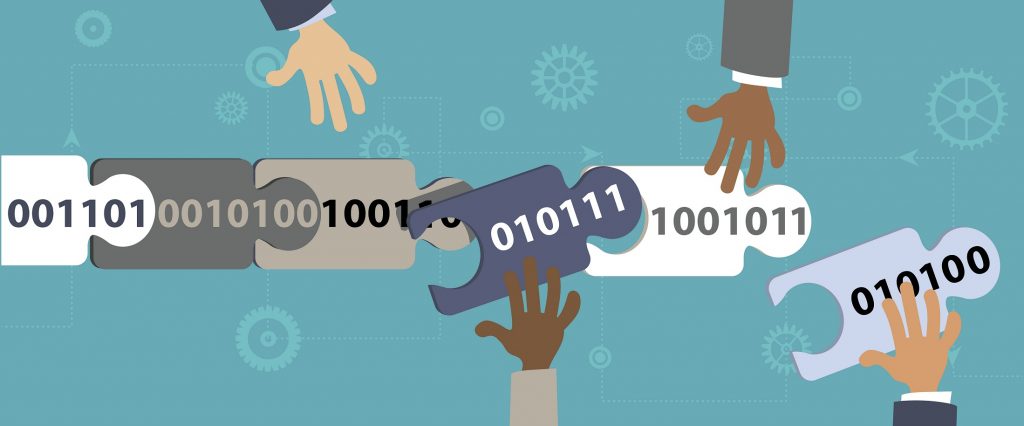
What next for Africa's mobile money sector?
Perspectives
What next for Africa’s mobile money sector?
Wed 18 May 2016
Over the last decade, Africa has become a global leader in mobile money. The statistics for the use of smartphones as a payment mechanism are compelling with M-Pesa, in particular, by far the continent’s biggest mobile money triumph.
Backed by UK-based Vodafone and launched in 2007 in Kenya by mobile network operator Safaricom, by 2015 M-Pesa had 19 million active users[1], with transfers through its network representing an estimated 40% of Kenya’s GDP. Following the success of M-Pesa in Kenya, Vodafone has in recent years launched the mobile money service in several African countries where the British firm has a presence, hitting a total subscriber base of 25 million in March 2016. Orange Money is another example of success. Available in 14 countries[2] with 16 million users at the end of December 2015, it recorded more than 7.6 billion euros’ worth of transactions in 2015.
Financial penetration is still low in Africa and only 25% of the population of Africa has access to a formal bank account[3] in 2014. In addition, smartphone adoption is estimated at twice the global rate and mobile internet usage in Sub-Saharan Africa forecast to increase twentyfold by 2019.
A major factor behind, as well as major benefit of, such rapid and impressive growth, is financial inclusion, especially in Sub-Saharan Africa. 34% of adults have an account in 2014, an increase from 24% in 2011. 12% of adults in the region have a mobile money account compared to just 2% globally[4].
According to statistics from the Gates Foundation and the World Bank, Africa is said to have the fastest take-up of “mobile money” in the world. Of the top 20 countries in the world for mobile money usage, 15 are in Africa.
Responding to customer needs is now key
As Africa enters a new phase of mobile money evolution, it’s becoming clear that innovation and agility in responding to customer needs will be an increasingly important factor. Already this year we have seen a growing increase in interoperability between telecom operators. Vodafone’s agreement with TransferTo enables users to send payments within Africa or to receive payments in their M-Pesa accounts from financial institutions elsewhere in the world[5]. Similarly, Airtel, Tigo and Vodacom accounted an interoperability agreement allowing customers to send and receive money across networks[6]. Moreover, increased cooperation between banks and telecom operators is proving popular with customers as Ecobank, BNP Paribas, Société Générale and BIAO’s partnerships with Orange, MTN and Airtel has helped to raise mobile money service take-ups from 11 million in 2013 to 20 million based on latest figures[7].
New product launches are also shedding light on where the market is heading. M-Pesa has launched a service called M-Shwari, which allows customers to use mobile phones to deposit savings to a bank account linked to their M-Pesa account. Orange Money has gone one step further by obtaining a banking licence in Senegal, Mali, Ivory Coast and Guinee to operate as an electronic money institution.
Such developments to increase access to financial services is crucial to overall economic development in Africa, particularly in microfinance where the ability to integrate the informal economy into the formal sector is a major challenge, but one where small steps such as using mobile money services can act as a platform to approach financial institutions for loans to develop projects and create more employment.
But with improved financial inclusion comes new risks and there is now a growing need to develop policies that regulate the market and protect customers. Not only the protection of data and capital but also on educating customers on product risk and pricing, as well as cybersecurity.
All stakeholders need to be consulted and involved
To achieve this requires debate and discussion between all stakeholders – traditional banks, telecom providers, payment service providers, central banks and regulators – working together to adapt and adopt a regulatory environment that is flexible enough to accommodate mobile technology innovation and growth, but is also secure and safe for customers.
We are seeing signs of this happening. Recently, the Central Bank of Ghana issued new mobile money guidelines, in order to create an enabling regulatory environment. The next step is to develop a regulatory model that uphold these guidelines and establish clear controls and mechanisms for mobile banking activities including Know Your Client (KYC), Anti Money Laundering and Combatting the Financing of Terrorism (AML/CFT), risk management and compliance. Similar developments are being discussed by a number of African governments and central banks to develop the regulatory backdrop to improve and expand the overall capacity of mobile banking and digital financial services.
Most importantly, it’s crucial that the creation of an adequate and secure environment for mobile money services in Africa should have customer demands at their heart and take on board societal issues. Players who put in place the structures to adapt to these new demands will be in the best position to take advantage of opportunities going forward.
[1] In Kenya, M-Pesa has about 19 million active users transacting an estimated Sh15 billion daily – http://www.nation.co.ke/business/M-Pesa-reports-27-pc-jump-in-global-users-to-25-million/-/996/3178018/-/wbx0h3/-/index.html; [2] http://www.orange.com/en/content/download/35187/1117253/version/2/file/Factsheet%20MFS.pdf [3] http://www.afdb.org/fileadmin/uploads/afdb/Documents/Knowledge/AEB_Vol_6_Issue_5_2015_The_Banking_System_in_Africa__Main_Facts_and_Challenges-10_2015.pdf; [4] http://datatopics.worldbank.org/financialinclusion/region/sub-saharan-africa; [5] http://www.mobileworldlive.com/money/news-money/vodafone-transferto-sign-framework-agreement/ ; [6] http://www.telecomlead.com/telecom-services/airtel-tigo-vodacom-sign-mobile-money-interoperability-67437; [7] http://afrique.lepoint.fr/economie/mobile-money-afrique-de-l-ouest-plus-de-5-000-milliards-de-francs-cfa-echanges-09-02-2016-2016500_2258.php
Want to get notified when new blog posts are published?
Subscribe


































